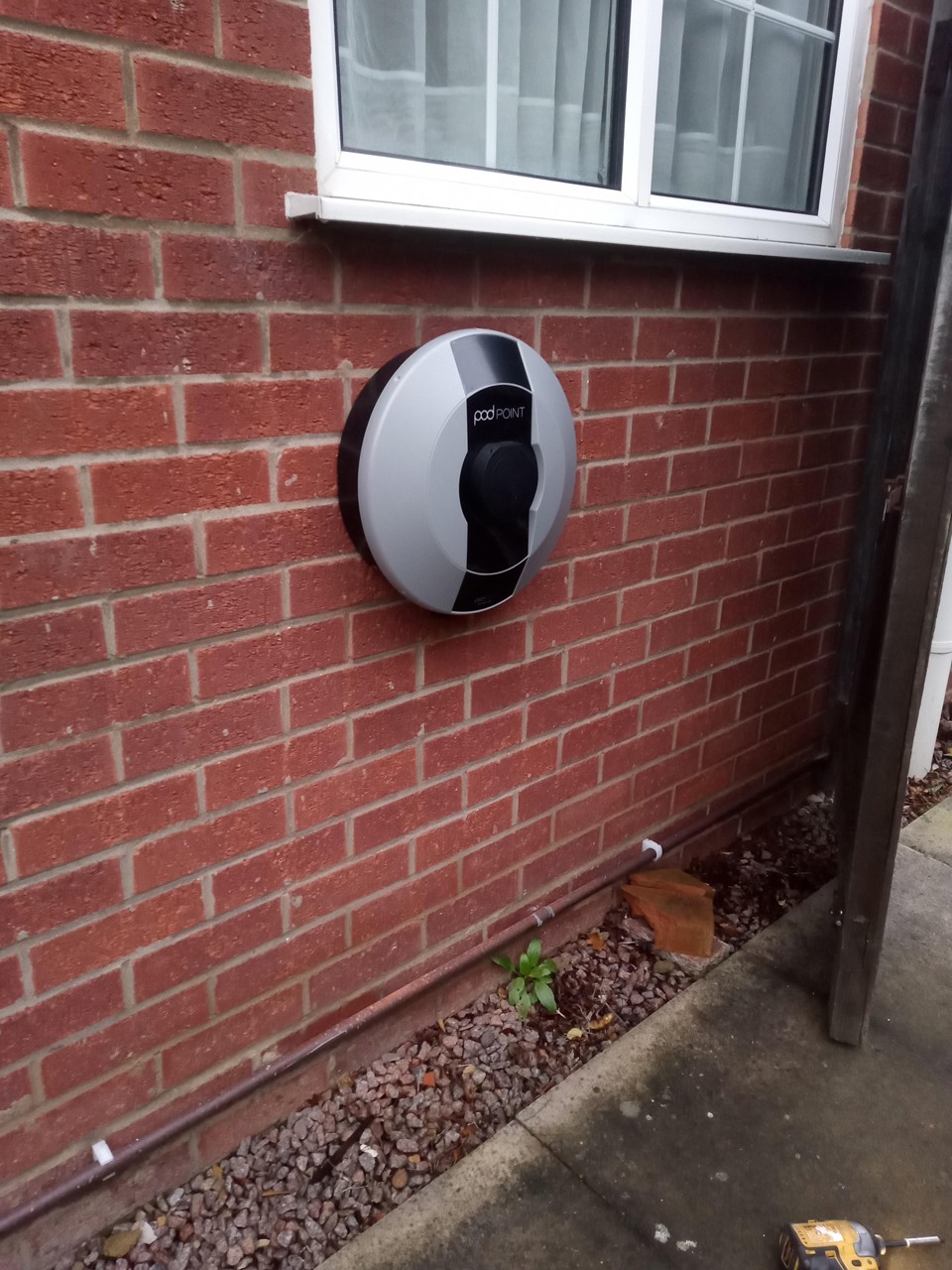Not a typical Big Picture column, but my musings on a recent EV charger installation at my home.
In less than a decade, sales of new petrol and diesel cars and vans will be banned. It is, therefore, no surprise that manufacturers are prioritising their full electric and plug-in hybrid model variants when it comes to the test drive options offered to UK media.
My previous car was the Skoda Superb iV PHEV while my current long-termer is the BMW 530e PHEV. Both have been travelling primarily on petrol power due to no home charger; the only viable recharge option available has been during the occasional visit to the Fleet News office.
Until now, that is. Thanks to Pod Point, I now have a new home charger which will enable the majority of my weekly mileage to be electric-powered.
Why Pod Point? It is compatible with all the major manufacturer brands and has an impressive 4.7 stars on Trust Pilot from more than 20,000 reviews, with 93% of reviewers recommending the company (we were also impressed when we interviewed the company in 2017). All its installers are City & Guilds accredited electricians based locally. Plus, the spherical charger looks pretty neat.
I opted for the 7kW Solo Smart Charger with universal socket – Pod Point also offers a 3.6kW and 22kW – which promises up to 30 miles of range per hour of charge, or a speed of three times quicker than a three-pin plug. It comes with a three-year warranty as standard.
Another plus point is the auto power balancing protection system which automatically adjusts the charge to ensure the electrical supply doesn’t get overloaded when the household is using a lot of energy.
Pre-install
Following a smooth online application with Pod Point taking care of the £350 OLEV grant, I provided photos of the desired location, cable routing, fuse board and electricity meter as requested by the online pre-installation form.
The installation happened on the day before we went into Lockdown 3, but Pod Point provided clear guidance about what to expect, including the range of controls it has implemented to protect its staff and the public.
These include work planning and review, establishing social distancing requirements during the installation, and an effective hygiene and PPE regime for its installers, including face shield, single use gloves, disinfectant wipes and hand sanitiser.
The installer, Eddy, also sent a text on the morning of the installation to check no one in the household was self-isolating due to Covid symptoms.
The installation
Pod Point indicated the installation would take around two hours. It actually took Eddy slightly longer after a post-install tidy up.
There also is currently no on-site demonstration about how to use the charger due to the social distancing measures. Instead, Pod Point provides a handy link to a You Tude video (Getting started with your Solo Smart Charger) with founder and CEO Erik Fairbairn.
Due to the straightforward nature of my installation, it was classed as low risk. However, upon arrival, Eddy carried out an additional risk assessment to ensure it met the lower risk criteria and could go ahead successfully. Thankfully, it passed the test.
After checking the gas meter and water earth bonding cable, Eddy had the unit on the wall within five minutes.
He ran a cable from the unit to the mains power supply and fitted a separate fuse box, switching off the supply for around 15 minutes, then connected the charger to the Wi-Fi and paired it with the Pod Point app. This allows over-the-air updates and remote diagnostics from Pod Point.
It couldn’t be easier to use: to start charging, simply connect the vehicle; to stop charging, unlock and remove the cable.
The unit also allows for scheduled charging if available on the electric vehicle.
Top marks to Eddy and Pod Point for a seamless installation. Here’s to many happy hours of ICE-free driving!























NigelBoyle - 20/01/2023 15:11
I have one of those and in 2 years have travelled 27k in a Volvo V60 Recharge. My overall MPG is 76.1!